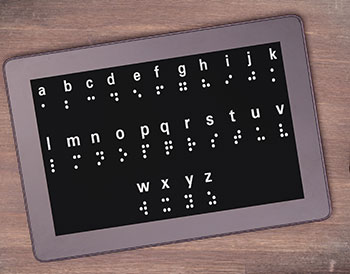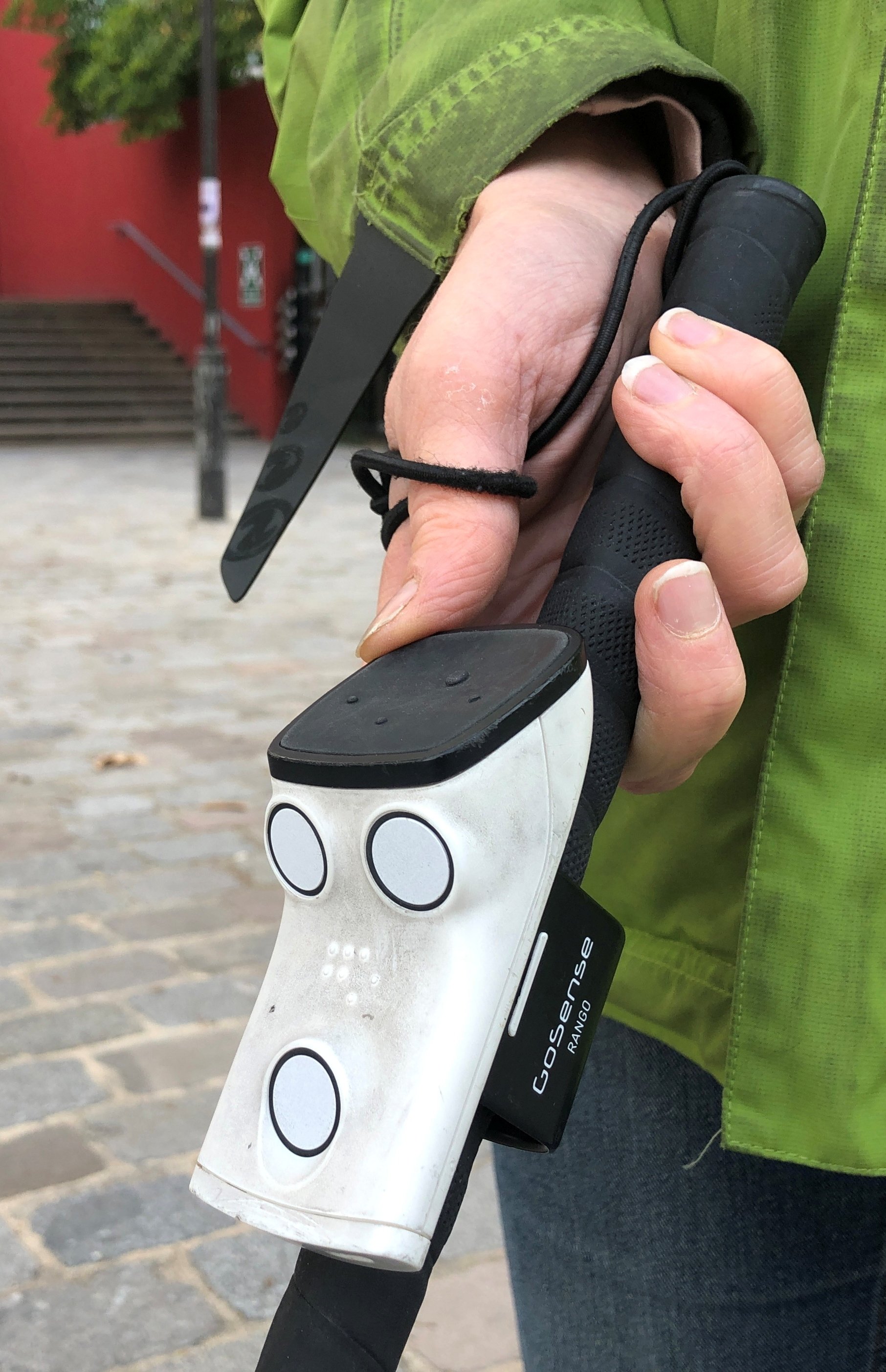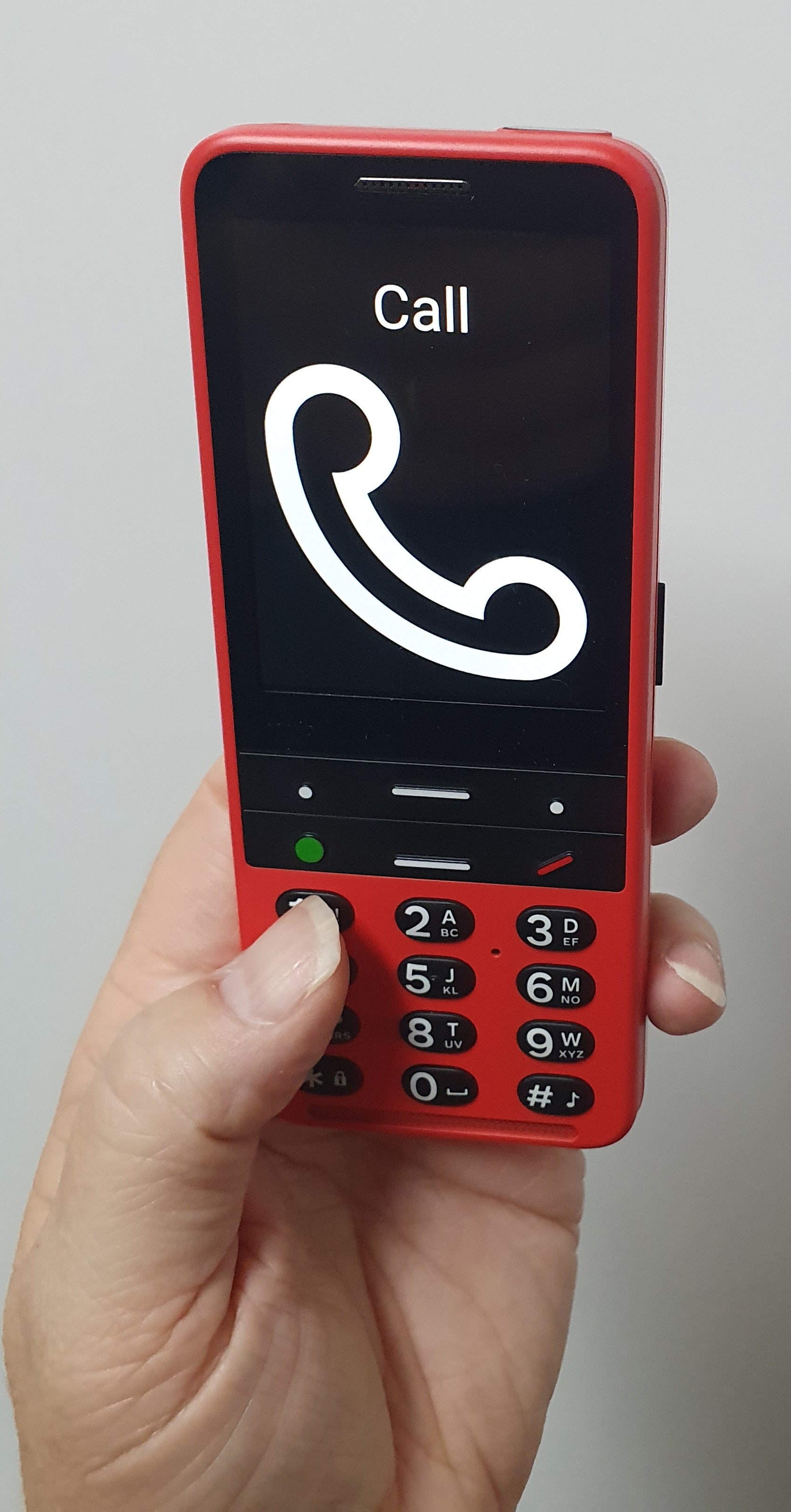Speech-to-Text Devices for Low Vision: Enhancing Ease of Use
Empowering Freedom With Assistive Innovation for the Blind
The integration of assistive modern technology into the lives of people with visual disabilities represents a substantial innovation in promoting self-reliance and self-sufficiency. From cutting-edge screen visitors to innovative clever canes, these devices not just enhance everyday navigation and interaction but also equip individuals to involve meaningfully in numerous aspects of life. As we discover the myriad advantages and real-world applications of these technologies, it comes to be important to examine the hidden elements that add to their effectiveness and the capacity for future advancements in this important field.
Summary of Assistive Innovation

The advancement of assistive technology is grounded in principles of inclusivity and empowerment. Developments in software application, hardware, and sensory enhancements provide individuals with choices tailored to their certain needs. From display visitors that transform message to speech, to responsive devices that communicate info with touch, these devices change the method people involve with their surroundings.
In addition to sensible applications, assistive modern technology cultivates higher social addition and involvement in different fields, consisting of education and employment (AI-powered visual aids). As research and advancement continue to progress, the capacity for assistive technology to further improve the lives of aesthetically impaired individuals continues to be promising, leading the way for an extra fair culture where everybody can thrive
Kinds Of Assistive Gadgets
A selection of assistive gadgets have actually arised to support people with aesthetic impairments, each created to meet specific needs and enhance daily functioning. These devices vary from low-tech options to state-of-the-art technologies, supplying diverse choices for users.
Low-tech devices consist of magnifiers and large-print products that help in reading and writing. Braille tools, such as Braille styluses and slates, make it possible for responsive analysis and interaction. Positioning and flexibility help, like white walking canes, help users browse their environment securely.
On the higher end of the range, digital magnifying systems and screen readers supply considerable assistance. Electronic magnifiers enable customers to increase the size of text and images on screens, while screen visitors transform digital content into manufactured speech, promoting accessibility to information on smart devices and computer systems.
Mobile phone applications additionally play a crucial role, supplying functions like message recognition and navigating assistance. Wearable innovation, such as smart glasses furnished with increased reality, is arising as an encouraging device to boost situational awareness.
Benefits of Assistive Innovation
The integration of assistive technology substantially enhances the lifestyle for people with aesthetic problems. These modern technologies encourage individuals by promoting self-reliance, enabling them to navigate their environments better and perform everyday tasks with greater convenience. For instance, screen viewers and magnifying software application enable individuals to access digital information, fostering academic and their explanation professional possibilities that might have previously run out reach.
Moreover, assistive gadgets such as smart walking sticks and GPS applications offer real-time navigating help, boosting wheelchair and security. This boosted freedom not only enhances self-esteem but also urges social engagement, allowing users to get involved even more totally in their neighborhoods.
Assistive modern technology additionally assists in interaction, helping users get in touch with others via voice acknowledgment and text-to-speech applications. This capability is essential for keeping connections and accessing crucial details.
Additionally, the modification choices readily available with several assistive modern technologies make sure that users can tailor tools to their certain demands, additionally improving usability and efficiency. Overall, the benefits of assistive technology for people with aesthetic problems are extensive, advertising a more comprehensive culture where everybody can seek their objectives and desires.
Situation Studies and Success Stories
Highlighting the transformative effect of assistive innovation, numerous study show exactly how individuals with visual disabilities have efficiently integrated these devices right into their day-to-days live. One engaging instance involves an university student who made use of screen reading software application to browse online resources and scholastic materials successfully. This innovation not only promoted her education but likewise boosted her confidence in joining discussions and group tasks.
Another case research study features an expert that employs a smart device application created for navigating and item recognition. By utilizing this app, he has actually regained autonomy in both his individual and job settings, permitting him to commute individually and involve with colleagues extra efficiently.
Furthermore, a retired person shared her experience with braille e-readers, which enabled her to access a huge range of literature and stay gotten in touch with her community with publication clubs.
These success stories underscore the vital role of assistive modern technology in cultivating self-reliance, improving high quality of life, and advertising social assimilation for people with aesthetic disabilities (Voice-activated assistive devices). By accepting these innovative devices, users can overcome difficulties and confiscate opportunities that add to their professional and individual satisfaction

Future Trends in Assistive Innovation
Advancement in assistive technology is poised to redefine the landscape of assistance for people with visual impairments. Emerging fads stress the integration of expert system (AI) and machine understanding, which enhance the performance of gadgets that help with navigation and info access. AI-driven applications are currently capable of analyzing visual information in real-time, allowing customers to check engage with their environment more individually.
Additionally, vision care near me the development of wearable innovation is advancing swiftly. Smart glasses outfitted with enhanced truth (AR) can offer audio descriptions of surroundings, transforming exactly how individuals engage with public spaces. These gadgets not just promote freedom however likewise foster social incorporation.
Additionally, the Web of Things (IoT) is making homes smarter, enabling smooth connection between assistive tools and everyday devices. This connection encourages customers by allowing automatic reactions and voice-activated controls tailored to individual requirements.
Conclusion
In verdict, assistive innovation plays a critical duty in empowering individuals with aesthetic disabilities by improving their independence and involvement with their environments. The varied variety of tools and applications available not just promotes navigation and communication but also advertises social integration and chances for professional and personal development. As improvements continue in this field, the capacity for enhancing the top quality of life for those with visual problems will certainly broaden, fostering higher freedom and empowerment.
